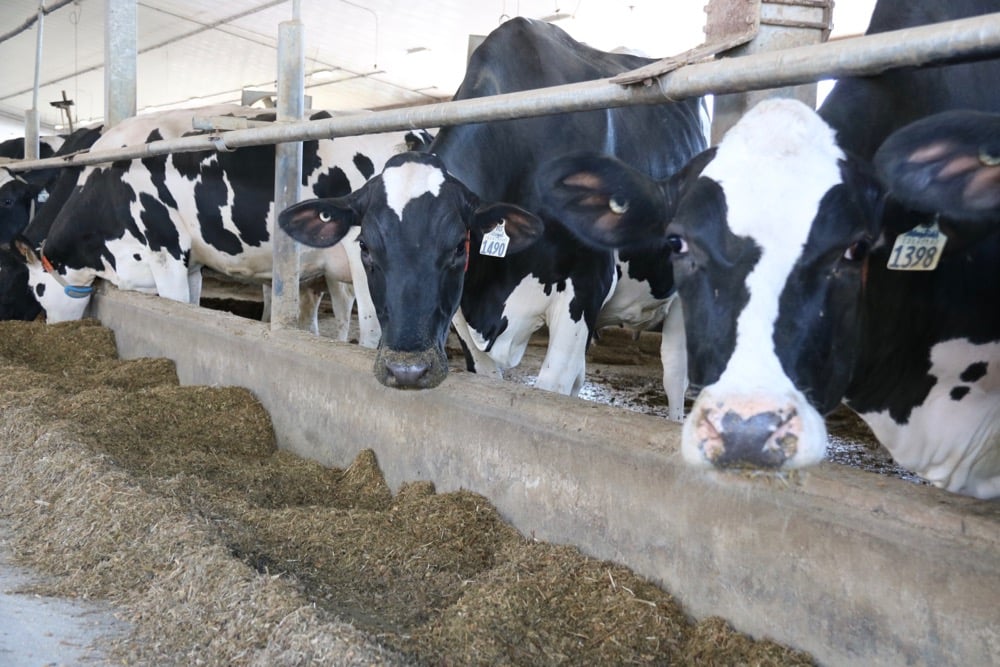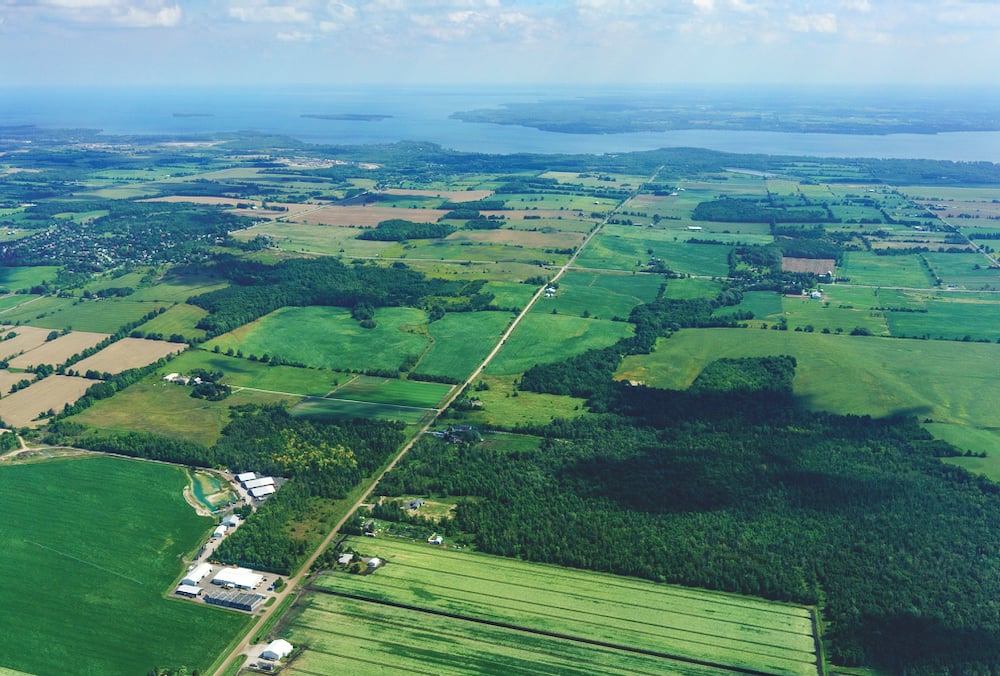Canadian dairy producers on alert as bird flu spreads north

Canadian dairy farmers have been urged to watch for symptoms in their herds and avoid unpasteurized milk as authorities in the United States report numerous cases of mammals on dairy farms infected with Highly Pathogenic Avian Influenza (HPAI). That includes mostly dairy cattle, but also barn cats and one human.
Read Also

Farmland value growth slowed in 2023, FCC says
Glacier FarmMedia – Farmland is getting more expensive, but not quite as quickly as in recent years, according to the…
“Dairy Farmers of Canada has been working closely with the Canadian Food Inspection Agency (CFIA) as this situation develops,” said a message sent out by the Dairy Farmers of Ontario (DFO) to the province’s licensed producers. “In addition to the biosecurity measures you are already implementing on the farm through proAction, CFIA has recommended additional steps that can be taken.”
Why it matters: While experts on both sides of the border stress the cases probably don’t represent a significant change in trajectory for the ongoing HPAI outbreak, there’s also agreement that vigilance is necessary.
“This infection does not change the H5N1 bird flu human health risk assessment for the U.S. general public, which CDC considers to be low,” explained an April 1 news release from the U.S.-based Center for Disease Control and Prevention (CDC). The news release came following the detection in Texas of HPAI in a human with regular contact with dairy cattle.
It marks the second infection of a North American human by this current HPAI strain, which has spread globally since its appearance in 2020. The first case occurred in 2022 in Colorado during the culling of an infected poultry flock.
Ontario Veterinary College professor Dr. Scott Weese provided some context for the guarded response from the U.S. agency to the recent discoveries on his Worms & Germs blog.
“This is bound to get a lot of attention,” Weese wrote in response to the human infection in Texas. “To a large degree, it’s warranted, but it’s probably going to get overblown.”
He said the only clinical sign the infected individual developed was conjunctivitis (i.e. redness and swelling around the eyes), indicating the disease has been milk in this case. The person was told to isolate and is being treated with an antiviral drug.”
The OVC vet also noted the apparent mildness of symptoms in both cows and cats, stressing the “highly pathogenic” label attached to this strain is specific to poultry. “It’s possible that (dairy farm infection) has happened many times and we didn’t know because the cattle weren’t known to be infected, the person’s disease was mild and, because of that, there was no testing. That kind of context is important, but is often lacking with emerging issues.”
Theoretically, the biggest risk from HPAI-infected mammals is that if the virus spreads from one animal to another it could potentially transform itself into a strain that does cause serious or fatal symptoms – in that species or in other mammals.
The bovine cases in the U.S. appear to have developed from contact with infected wild birds and so far, the risk of viral transformation in the wild bird-to-cow cases appears negligible.
Weese wrote that cattle don’t have a common species-specific influenza A strain, “and they tend not to be highly susceptible to flu viruses from humans, pigs and other species, so recombination is less of a risk at this point, at least in cattle.”
However he agrees with the calls for vigilance among dairy producers – in part to protect the dairy herd from infection but more importantly to contain the virus’s spread among mammals in general.
“Human infections have been surprisingly rare given the scope of infections in myriad other species around the world (from this strain of HPAI), but we know they can occur,” Weese wrote. “More contact with infected animals means more exposure risk.”
Interaction between HPAI and similar mammalian viruses, he added, “creates the potential for emergence of a new virus with a human flu strain’s ability to spread widely in people, but one against which we don’t have any population immunity to help protect us.”
“Sitting back and just ‘hoping’ that it won’t be a problem is a dangerous proposition,” Weese wrote, adding that one of his biggest concerns is if HPAI shows up in cattle on a mixed farm and eventually finds its way into pigs – which can be highly susceptible to flu viruses.
“As always with emerging diseases, we need to balance proactivity and practicality, by liberally applying the precautionary principle while not going overboard and panicking.”
Taking its lead from the CFIA, DFO advised its members to watch for symptoms of HPAI in cattle, including decreased feed consumption, decreased milk production, abnormal manure, thickened milk (especially milk that shows little to no positive response to mastitis testing) and possibly fever.
If symptoms are detected, contact your veterinarian and divert milk from the affected cows away from the bulk tank.
DFO’s message to producers also urged them “to stay vigilant about who and what is coming onto your farm.” Specifically:
- reduce access for cattle to any areas that may attract waterfowl, such as loose feed, nesting grounds, or wetland bird boxes
- do not to enter barns wearing boots that were worn off the farm
- limit access to people who have been in sensitive areas, especially the U.S.
Source: Farmtario.com

